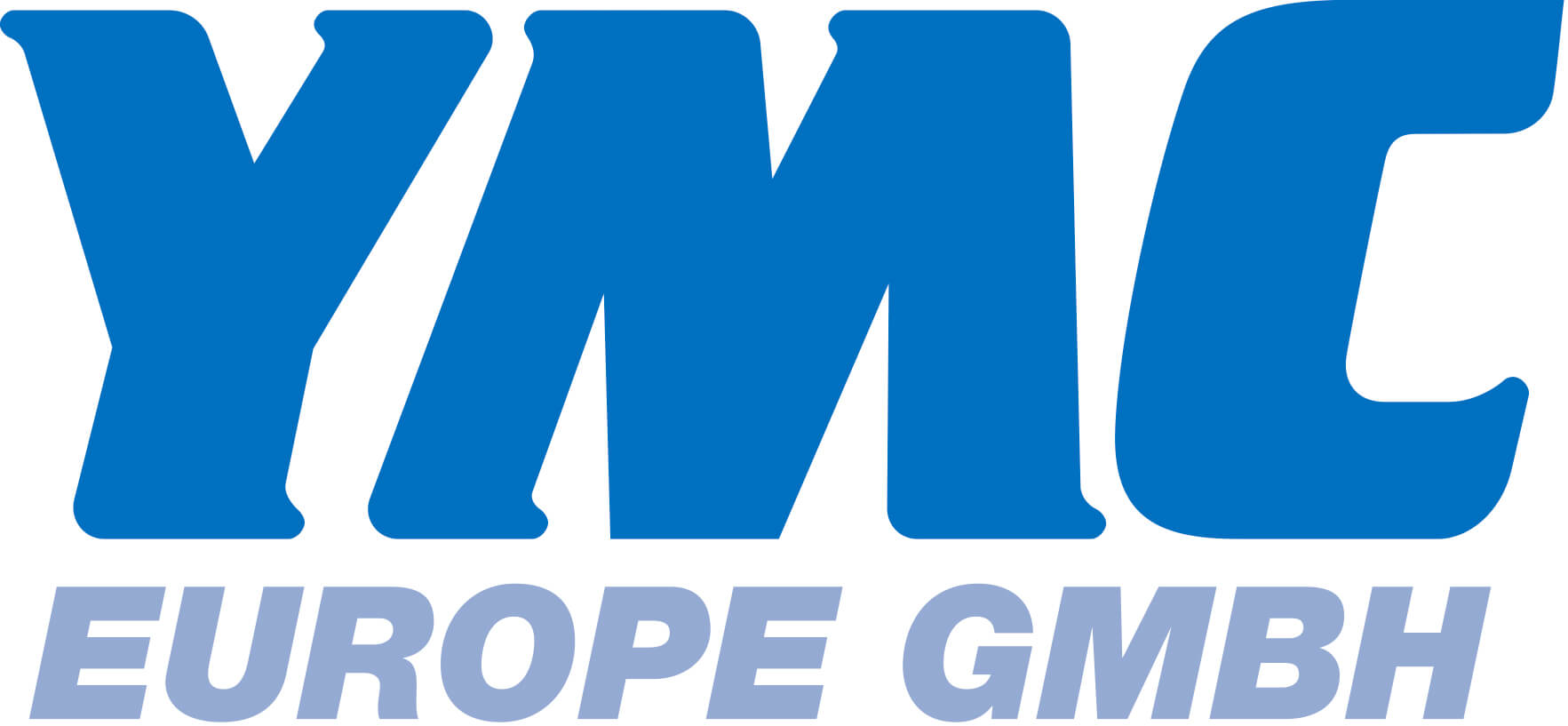Traditionally in pesticide screening of food, samples are prepared using generic extraction procedures, like QuEChERS (Quick, Easy, Cheap, Effective, Rugged, and Safe) (1, 2) and then analyzed by LC-MS/MS or GC-MS/MS. Usually in LC-MS/MS analysis, LC flow rates exceed 400 µL/min and are used in combination with small particle size HPLC columns with high pressures to maintain sharp peaks and fast chromatography. These flow rates produce excellent peak shapes and results, but have a draw back in that they require higher volumes of organic solvents. The consumption of HPLC organic solvents, such as acetonitrile and methanol, is a growing cost of analysis, and their disposal can have an adverse environmental impact. Therefore, new approaches to reduce solvent consumption in pesticide residue testing will be beneficial to the environment while also reducing the running costs of a testing lab.
Here, we present new data using Eksigent ekspert™ microLC 200 System in combination with a LC-MS/MS method developed on a SCIEX QTRAP® 4500 system and utilizing the Scheduled MRM™ algorithm to maximize the number of data points across each peak. This approach was applied to a screen of over 100 pesticides in QuEChERS food extracts, and for the majority of these tests, the method was applied to an extract from chili powder, a matrix notorious for producing dirty extracts.
>> Download the full Application Note as PDF
Access over 400 resources in SCIEX’s Complete Pesticide Testing Info Kit here





